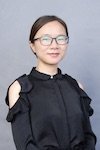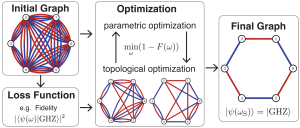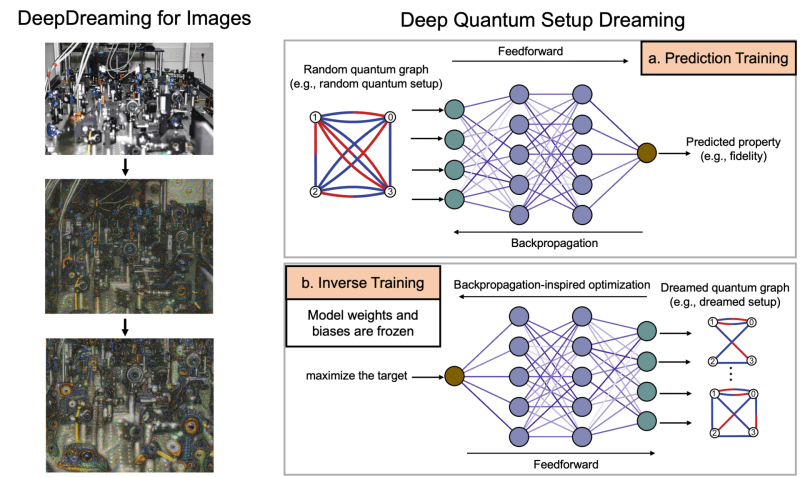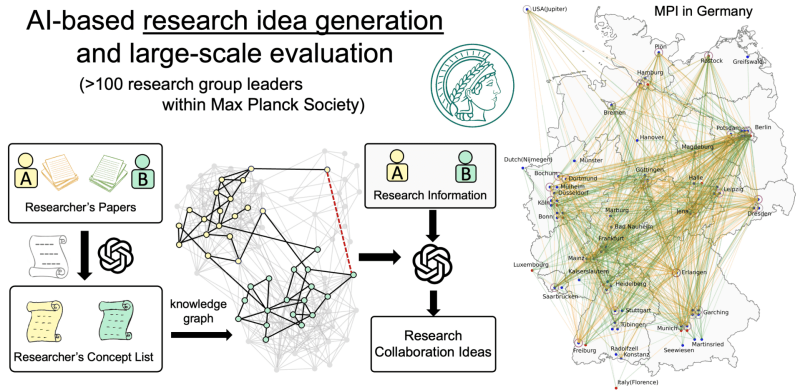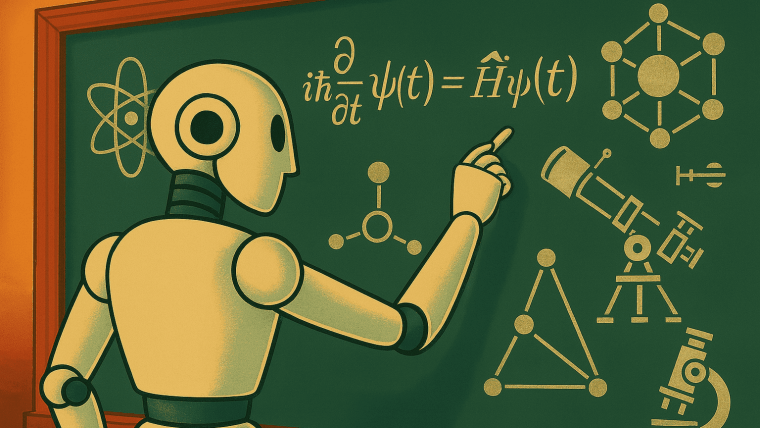
Dr. Xuemei Gu
Image: Xuemei GuDr. Xuemei GU
Email: xuemei.gu@uni-jena.de
Phone: +49 3641 9-47669
Dr. Xuemei Gu received her PhD in 2020 from Nanjing University (Nanjing, China), where she worked on high-dimensional quantum information processing. During a visiting stay at the Institute for Quantum Optics and Quantum Information in Vienna, she developed a graph-based representation of quantum experiments and investigated the spatial structure of light. As a postdoctoral researcher at the University of Science and Technology of China (Hefei and Shanghai), she contributed to several key experiments in photonic quantum networks and quantum computing, including optical tests of network nonlocality, multiparticle entanglement, and heralded entangling gates. She later joined the Max Planck Institute for the Science of Light (Erlangen, Germany) as a postdoc and was subsequently awarded a Humboldt Fellowship, focusing on AI-driven scientific discovery in quantum physics. In February 2025, she established the independent research group “AI Quantum Lab” at the Institute of Condensed Matter Theory and Optics (IFTO) of the Friedrich Schiller University Jena.
Can a computer think like a scientist? This question describes the long-term vision of the research group. We explore how artificial intelligence can automate scientific work processes, with a particular focus on quantum physics. Specifically, we develop intelligent algorithms for de novo experiment design to create entirely new quantum experiments and for generating research ideas and interdisciplinary collaborations that might otherwise be missed. More broadly, we envision building creative systems that can think and act like scientists, capturing every aspect of human scientific work with computers. Importantly, our goal is not to replace human scientists, but to inspire them to ask deeper and more imaginative questions that allow computers to uncover insights that would likely remain beyond reach.
Research Areas
The group conducts research at the intersection of artificial intelligence and quantum science to advance scientific discovery and innovation in both fundamental and applied quantum research. Current topics include:
- De-novo design of photonic experiment: developing high-performance simulators and algorithmic strategies to discover new quantum hardware and setups, with applications in quantum networks, sensing, imaging, and metrology (e.g., quantum-enhanced telescopes, microscopes, and other photonic platforms)
- AI-assisted quantum foundations: developing algorithmic approaches to explore foundational questions in quantum mechanics such as nonlocality, contextuality, and measurement
- Interpretable AI for quantum science: developing interpretable machine learning algorithms for scientific discovery that can provide human-understandable insights
- Autonomous scientific discovery: creating AI agents to automate research in physics
Teaching Fields
Dr. Gu teaches modern AI and machine learning techniques applied to physics and quantum physics. The courses cover both basic and advanced topics, designed to give graduate students the knowledge needed to use AI for scientific discovery in quantum physics.
Research Methods
We develop and apply artificial intelligence techniques for the de-novo design of quantum experiments and devices, as well as for generating novel ideas in science more broadly. Methodological directions include:
- High-performance simulators (e.g., JAX-based) for quantum photonic systems
- Generative and machine learning models (e.g., VAEs, transformers, reinforcement learning) for design and exploration
- Language models and knowledge graphs for idea generation and scientific reasoning
- Collaborative multi-agent systems for scientific discovery
Interpretable AI
Neural networks are increasingly used to assist in scientific discovery, but their inner workings often remain a black box. To address this, we explore how techniques originally developed for computer vision, specifically called deep dreaming, can help us interpret what neural networks learn in quantum physics (Mach. Learn.: Sci. Technol. 5 015029 (2024)External link). By training a neural network on quantum optical experiments and then inverting it, we ask the model to “dream” a quantum setup with a desired property. This allows us to visualize how the network would modify experimental setups to achieve different outcomes. Our approach offers a path toward more interpretable AI-driven tools for designing and understanding quantum experiments.
The image shows the dream-like patterns typical after training, hence the name ‘dreaming’. The method can be used for experimental design.
Image: Xuemei GuAI-inspired scientific ideas and collaboration
How can computers effectively leverage existing literature to accelerate discovery? To address this question, we built a large semantic knowledge graph from over 21 million scientific papers, designed to capture the evolving landscape of scientific research. Using this graph, we developed machine learning methods that can forecast future research directions and identify potentially high-impact, yet unexplored, research ideas (Mach. Learn.: Sci. Technol. 6 025041 (2025)External link). We also explored a semantic word embedding method that achieved high predictive accuracy in anticipating scientific trends (Mach. Learn.: Sci. Technol. 6 015029 (2025)External link).
But how compelling are these AI-generated ideas, and how can we improve their quality? To address this, we developed SciMuse, which combines a knowledge graph built from over 58 million scientific papers with a large language model to generate personalized research suggestions and collaborations (arXiv:2405.17044 (2024)External link). We conducted a large-scale human evaluation, in which more than 100 research group leaders from natural sciences to humanities rated more than 4,400 personalized ideas on their level of interest. Notably, nearly 25% of the AI-generated ideas received a high-interest rating. With this evaluation dataset, we further demonstrated that the interest level of an idea can be accurately predicted using both a supervised neural network and a zero-shot ranking approach with a large language model. Our work provides an end-to-end methodology for using AI to generate high-quality research ideas and inspire unforeseen interdisciplinary collaborations.
The image shows how AI can generate new research ideas and collaborations.
Image: Xuemei Gu